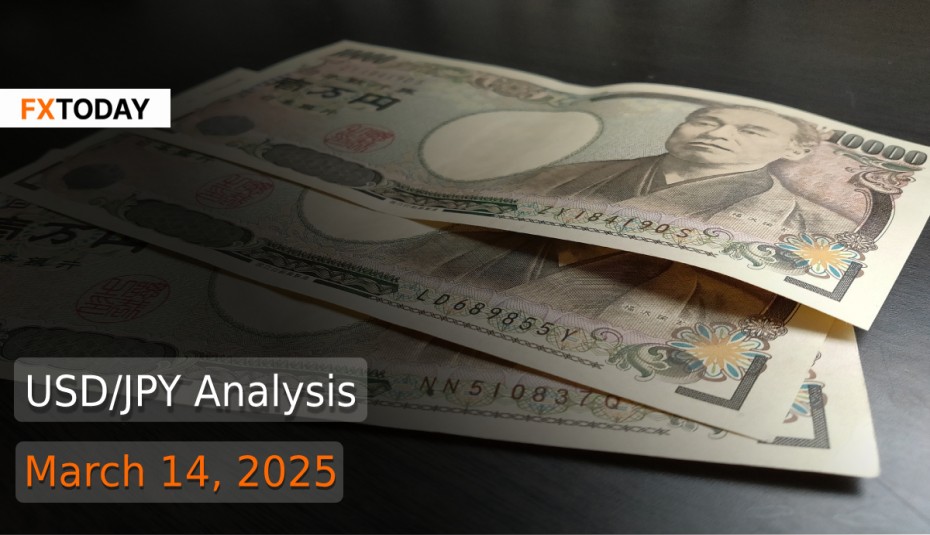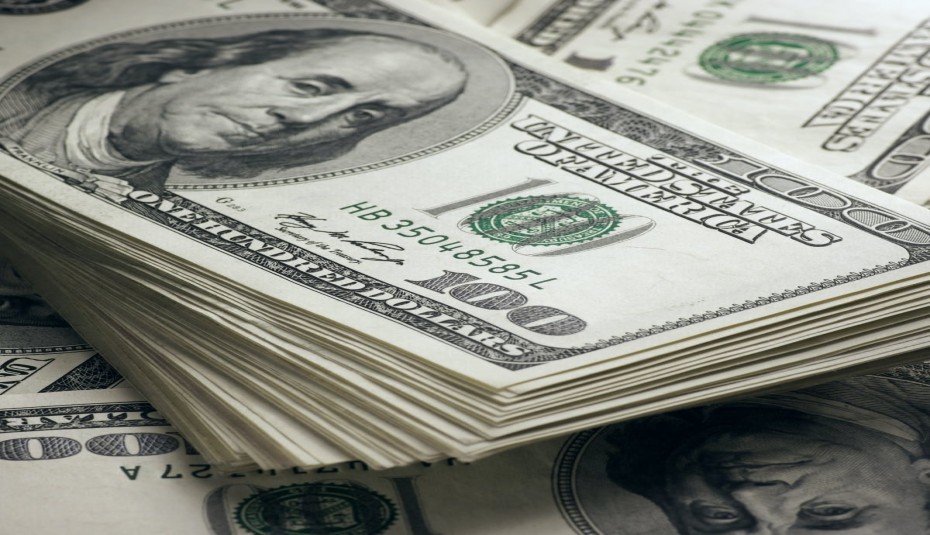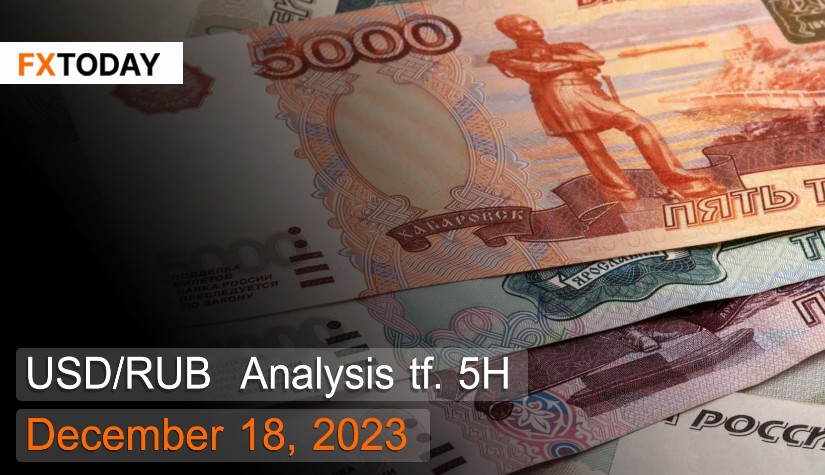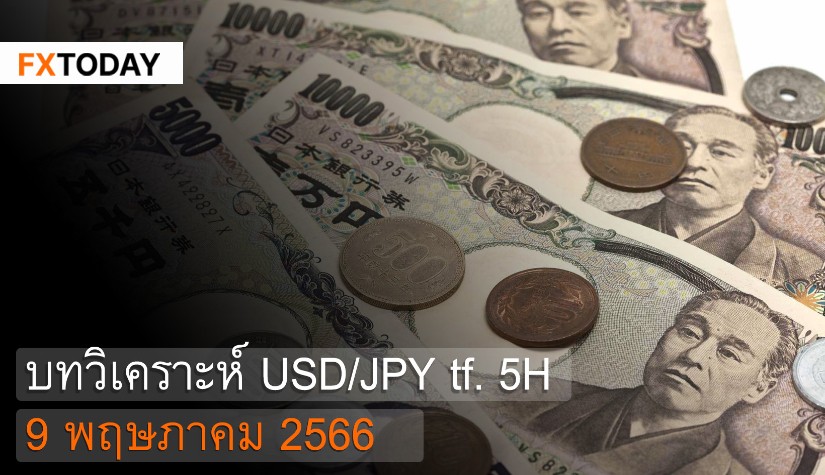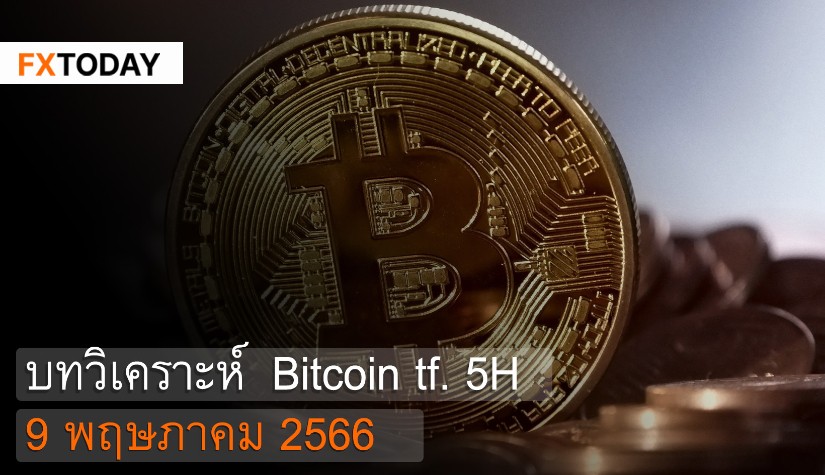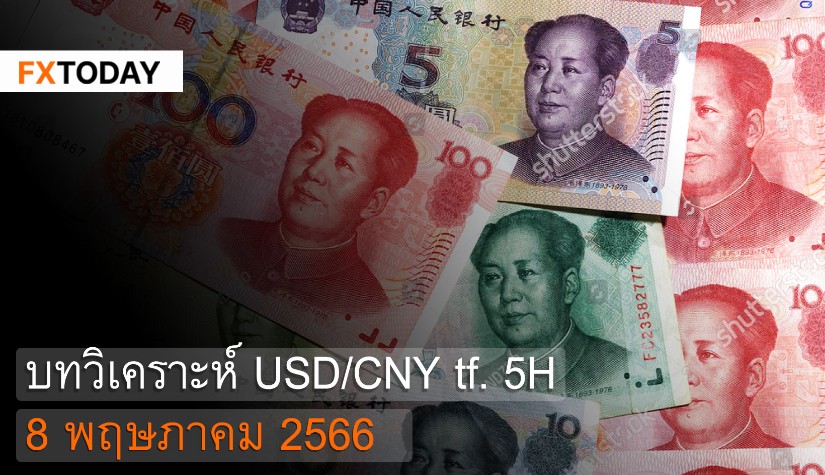Yen Holds Steady After Rally, BOJ Rate Hike Bets Grow
The Japanese yen remained stable against the U.S. dollar on Thursday after a week of significant appreciation, recently hitting a five-month high due to safe-haven demand and speculation over a Bank of Japan (BOJ) rate hike. While the BOJ is expected to hold rates at its March 19 meeting, analysts anticipate a 25-basis-point hike to 0.75% in the third quarter, likely in July. Inflationary pressures from rising wages and persistent food costs could prompt action as early as May.
Meanwhile, concerns persist over the impact of U.S. President Donald Trump’s tariffs on Japan’s economy, with 90% of economists warning of adverse effects. Recent wage negotiations have resulted in substantial pay increases, strengthening the case for higher rates. The median forecast suggests rates could reach 1.00% by March 2026. BOJ Governor Kazuo Ueda remains optimistic about Japan’s recovery, expecting wage growth to boost consumption and support economic expansion.
The BOJ has begun phasing out its extensive stimulus, including quantitative tightening (QT), with a mid-term review planned for June. Japanese government bond (JGB) yields have risen, reflecting rate hike expectations, and the 10-year yield recently hit a 16-year high. The BOJ has also increased oversight of financial institutions’ risk management amid rising rates.
Japan’s GDP growth was revised down to 2.2% year-on-year in Q4 2024 due to weaker private consumption. The economy faces inflationary pressures, with the GDP price index revised to 2.9%. While wage hikes may boost spending, weaker-than-expected household data suggests economic momentum could slow in early 2025.
Japan’s current account deficit in January, the first in two years, was driven by a weak yen and rising import costs. Wholesale inflation remained elevated at 4.0% in February. Corporate bankruptcies are surging, potentially reaching an 11-year high by March due to labor shortages and rising costs. Large firms are offering wage hikes to attract talent, while smaller businesses struggle.
Meanwhile, the U.S. dollar remained strong despite easing inflation concerns, as trade policies added uncertainty. Trump’s tariffs have fueled market volatility, with investors wary of recession risks. U.S. corporate bond spreads widened, reflecting increased risk aversion. A Reuters poll found 95% of North American economists believe Trump’s tariff policies raise recession risks. U.S. consumer prices rose 2.8% year-on-year in February, while small-business confidence fell for the third consecutive month.
Despite recent market turmoil, analysts suggest the Federal Reserve may delay intervention. U.S. budget deficits continue to rise, hitting a record $1.147 trillion in the first five months of fiscal 2025. Government borrowing remains high, with spending on debt interest, Social Security, and healthcare outpacing revenue growth. Fiscal challenges persist as policymakers navigate inflation, trade policy, and economic stability.
In the short term, the USD/JPY may stabilize around 147–150 as markets digest the BOJ’s decision to hold rates in March. However, if expectations for a hike in July strengthen—especially if inflationary pressures persist—the yen could appreciate further, potentially testing the 145 level.
Conversely, downside risks for the yen remain, particularly if Japan’s economic momentum slows due to weaker consumption and a widening current account deficit. A further rise in U.S. bond yields and persistent strength in the dollar—driven by uncertainty around Trump’s tariffs and widening U.S. fiscal deficits—could push USD/JPY toward 152 in the medium term. The June BOJ mid-term review and the Fed’s next policy moves will be critical in shaping the pair’s trajectory.
Data for Technical Analysis (1H) CFD USD/JPY
Resistance : 148.34, 148.46, 148.64
Support : 147.98, 147.86, 147.68
1H Outlook
Source: TradingView
Buy/Long 1 If the support at the price range 147.78 – 147.98 is touched, but the support at 147.98 cannot be broken, the TP may be set around 148.47 and the SL around 147.68, or up to the risk appetite.
Buy/Long 2 If the resistance can be broken at the price range of 148.34 – 148.54, TP may be set around 149.15 and SL around 147.88, or up to the risk appetite.
Sell/Short 1 If the resistance at the price range 148.34 – 148.54 is touched, but the resistance at 148.34 cannot be broken, the TP may be set around 147.98 and the SL around 148.64, or up to the risk appetite.
Sell/Short 2 If the support can be broken at the price range of 147.78 – 147.98, TP may be set around 147.24 and SL around 148.44, or up to the risk appetite.
Pivot Points Mar 14, 2025 01:30AM GMT
|
Name
|
S3
|
S2
|
S1
|
Pivot Points
|
R1
|
R2
|
R3
|
|---|---|---|---|---|---|---|---|
| Classic | 147.51 | 147.68 | 147.99 | 148.16 | 148.47 | 148.64 | 148.95 |
| Fibonacci | 147.68 | 147.86 | 147.98 | 148.16 | 148.34 | 148.46 | 148.64 |
| Camarilla | 148.17 | 148.21 | 148.26 | 148.16 | 148.34 | 148.39 | 148.43 |
| Woodie's | 147.59 | 147.72 | 148.07 | 148.2 | 148.55 | 148.68 | 149.03 |
| DeMark's | - | - | 148.07 | 148.2 | 148.55 | - | - |
Sources: Investing 1, Investing 2

